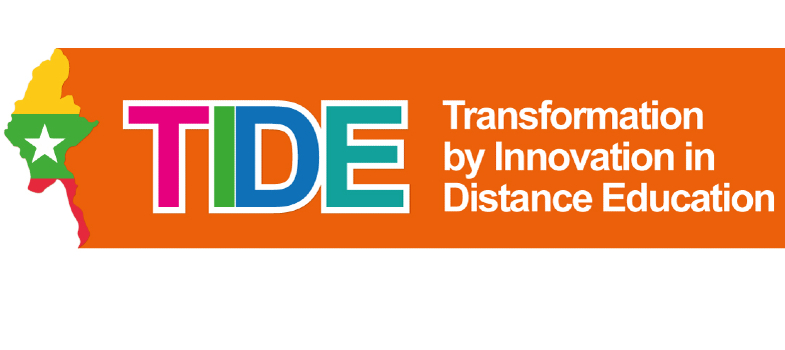Find out more about Myanmar Youth Science & Technology Innovation...
Context:
Most basic high schools are situated in undeveloped regions. They do not have enough practical apparatus for laboratory classes. Many basic high school students are attending at these schools. Some are far from town. Often about 150 grade 11 students are attending each school per year. To get laboratory based learning, we organized teams of recent graduates to demonstrate physics experiments for grade 11 students.
Activity aims:
The project aimed to:
- establish a bridge between the science lessons and real world so that the school students appreciate the value of textbooks and curriculum
- provide recent university students with school teaching experience and opportunities for volunteers to develop personal skills
Why you developed the activity:
Many basic educational high schools do not have sufficient in teaching aids, laboratory apparatus and technician staff. To support these schools, we recruited a group of volunteers from our recent graduates. For volunteers, they get teaching experience, volunteer activity and general knowledge. It will support job opportunity and their skills development. Participating as group leader, they get more popular in social network. For high school students, it is a chance to get conceptual approach on science lessons and real world.
What does the teacher need to do?
We announced the supporting plan for high school at our university. The project was called “Myanmar Youth Science and Technology Innovation”. We recruited a volunteer group with recently graduated students, who were interested in motivating young learners and innovation in education. Recently university students are also participated with this group. They are studying advanced courses in university. So they have theoretical background for high school lessons. All volunteers are interested in experimental based education. Most of them want to become school teachers. From these activities, they get laboratory training and they also started to develop school teaching skills.
The groups worked hard to assemble a range to teaching aids such as computers, projectors and practical apparatus, as well as money for transportation, food and uniform. We trained them with the practical apparatus to teach high school students. And then we shared basic concept theory and practiced Physics Education Technology (PhET) simulations, which is based on physics, chemistry, bio, earth science and mathematics. This simulation is one of the online open education resources (University of Colorado, n.d.). We arranged several rehearsals before the teaching trips. We chose one of the volunteers as group leader for each trip.
The group leaders organized the group and planned for teaching, transportation and food. We intended that the group leaders would improve their communication and leadership skills. Participation as group leader can also develop self-confidence to discuss with government officers, such as senior school staff.
The group leaders met with each school head teacher or principal, to explain our group’s teaching and supporting plan. If the head teacher or principal accepted the plan, the student-led classes were arranged. We visited the school and taught the high school students using practical apparatus (especially physics and chemistry) and simulation video clips. We used a science quiz and discussed with them what the correct answers are and why each answer is correct.
Questioning and discussion with students can help to develop thinking skills. And finally we play Sudoku games with the students. We reward the group, whose give the correct answer firstly. The students can get group activity from games.
Before each trip the weather conditions and the status of the road were checked. We hired well skilled drivers who abide by the road safety rules and regulations. We trained the volunteers to understand the risks of the experiment they would be demonstrating.
Feedback on the activity from students and others:
We took survey from high school students, volunteers and the teachers for these activities. Most comments were positive. The comments are like that; “They like this activities”, “Welcome next time”, “your group can support forever”, “they understand the lesson more and more”, “they get active learning”, etc.
The university student volunteers’ comments are: it is excellent experience and they better understand how to create, how to support, what should they do to develop learning environment. The volunteers said that they get local knowledge and they know more how to improve community development. They get conceptual thinking. These are affected in their careers and life.
The school teachers said that welcome next time; it is very useful practical time.
Strengths and weaknesses of the activity:
Sometimes, there were difficulties with the equipment we were transporting, for example a projector light bulb was damaged in unstable electricity condition and some glass tools were broken. During the practical classes there were occasional errors in the apparatus. But the groups responded well and were supported as best we can. These difficulties were always discussed after the visits to improve our activities.
But overall we believe this project has been very useful for high school education. By early 2019 our group has supported over 30 high schools in Bago Division.
Keywords: student volunteer teachers; work experience; secondary school physics; experimental based education; group activity; active learning
Reference
University of Colorado (n.d.) PhET Interactive Simulations [online] https://phet.colorado.edu/en/simulations/category/physics (Accessed 8 Mar 2019)
Download this case study
